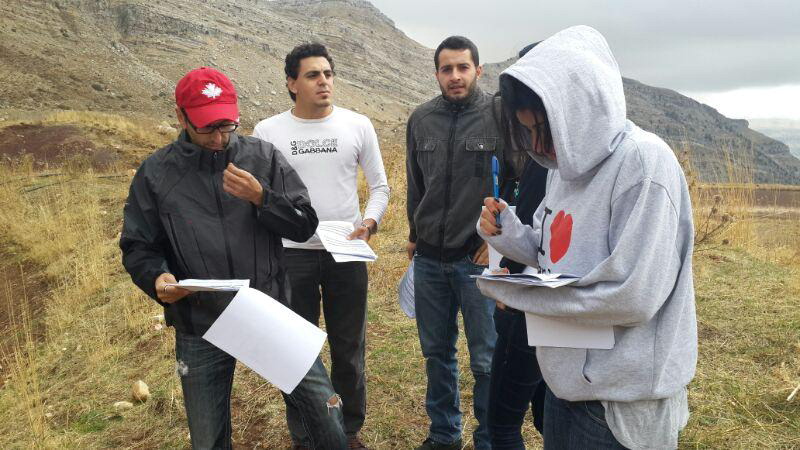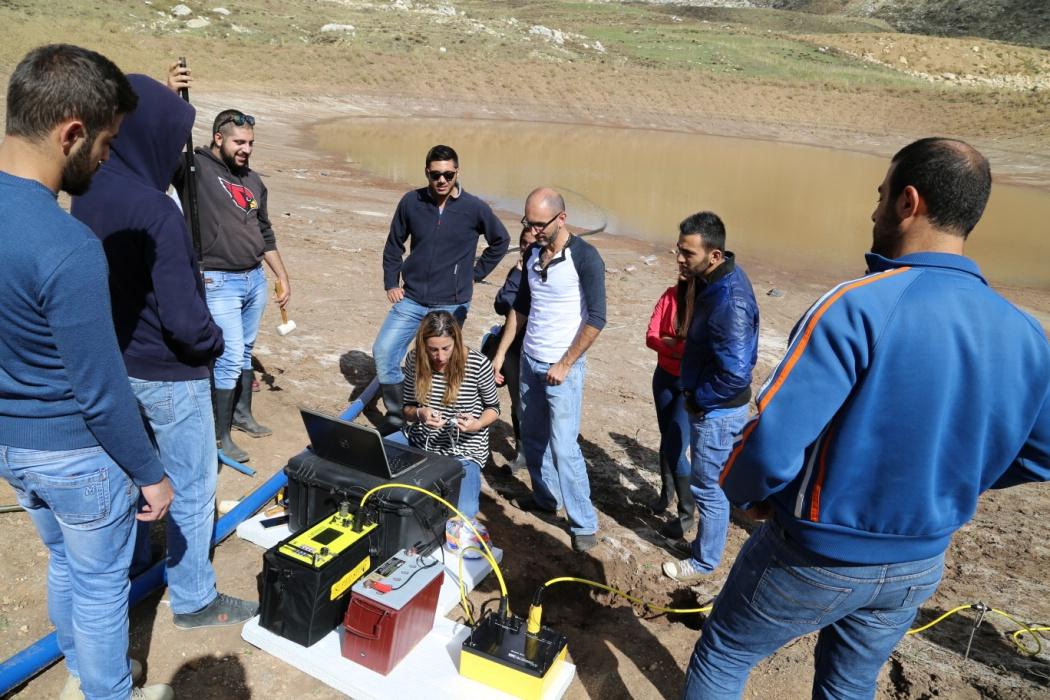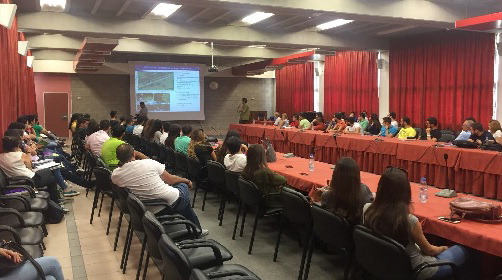The PEER team visually inspected more than 20 dams for deficiencies and found many of them to be deficient. They also undertook soil studies to determine which types of soils are best for constructing earth dams and to develop a database on the physical and engineering properties, hydraulic characteristics, and erodibility indices of more than twenty soils. Dr. Khoury and his group then used geophysical techniques to assess two dams and monitor their health. One dam had a potential seepage zone, and the results showed that electrical resistivity was a good technique for detecting anomalies in earth dams.
The team modeled internal erosion of earth dams using a support vector machine and finite element methods. Among the analyses of the dams were internal erosion evolution and erodibility indices of soils. Development of these models helped predict the performance and health of earth dams and adds to existing models on the erosion characteristics of soils.
This PEER project recruited 14 undergraduate research assistants (URAs) to be involved in this project as an educational and mentoring project, and they carried out the various tasks described in the research plan under the supervision of the PI Dr. Khoury. The URAs assisted in submitting manuscripts for possible publication and presentation at national and international conferences, including one paper published by a URA. Three high school students (HRAs) were also recruited through events at NDU organized by the Office of Admissions. The HRAs spent one summer in the PI’s lab working closely with the undergraduate students and the PI’s research team.
The PEER team developed “Engineering Their Future," a program to introduce high school students and persons with disabilities to sustainable practices in civil engineering. Participants visited the PI’s laboratory during the academic year for a series of hands-on lessons about earth dams, laboratory testing of electrical resistivity and erosion. The team sought to expose students to civil engineering practices, in particular sustainable engineering in a fun and exciting format to encourage them to pursue a degree in engineering. They also developed a series of interactive workshops on sustainable engineering for the public. Students presented their research and laboratory activities, and the wider team discussed deteriorating infrastructure and possible solutions to these problems. The workshops reached remote communities, including the Hasroun and Shouf areas.
Soil mechanics and engineering design courses at the university were modified to incorporate competition-like projects on the sustainable design of earth dams. The PI presented results of the project at GeoAmericas 2016 Miami in April. While in the United States, he also received training on recently purchased Multichannel Analysis of Surface Waves (MASW) and Audio Magnetotellurics (AMT) devices.
PublicationsYara Maalouf, Grégory Bièvre, Christophe Voisin, and Naji Khoury. 2022. Geophysical monitoring of a laboratory-scale internal erosion experiment.
Near Surface Geophysics 20: 365–383.
https://doi.org/10.1002/nsg.12215 Yara S. Maalouf and Naji N. Khoury. 2016. The use of geo-electrical and geotechnical techniques to assess a small earth dam in remote areas.
Proceedings of Geo-Chicago 2016,
Chicago, Illinois, August 14-18, 2016. Track C45.
Yara Maalouf and Naji Khoury. 2016. Use of MASW and electrical resistivity in assessing a small earth dam in remote area.
Proceedings of the 3rd International Conference on Advances in Computational Tools for Engineering Applications (ACTEA), Zouk Mosbeh, Lebanon, July 13-15, 2016.
https://doi.org/10.1109/ACTEA.2016.7560116 





